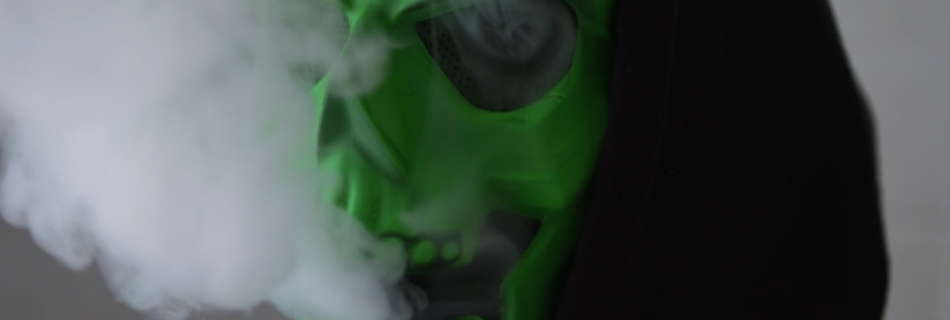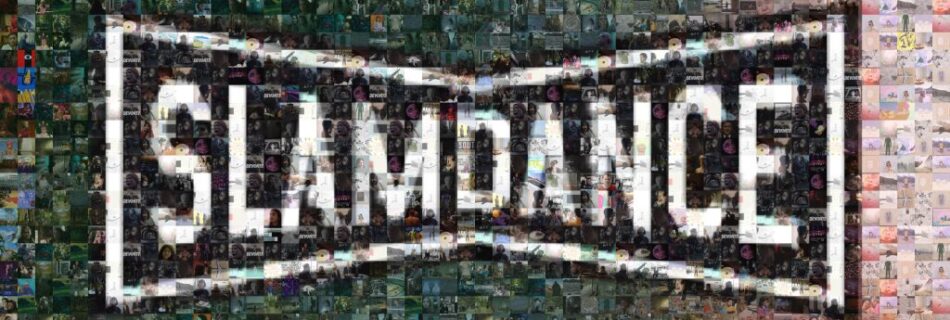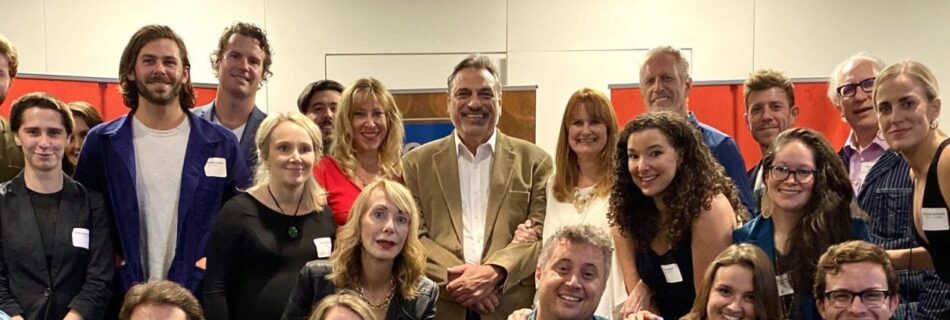2022 Screenplay Competition Finalists
Slamdance is honored to have recognized the following writers at our 2022 Slamdance Screenplay Competition Awards on October 23rd at the Nuart Theatre. We received over 4,000 scripts this season, with writers from across the globe submitting their stories. These screenplays represent the top 0.28% of applicants and are divided into four submission categories (Feature, …



